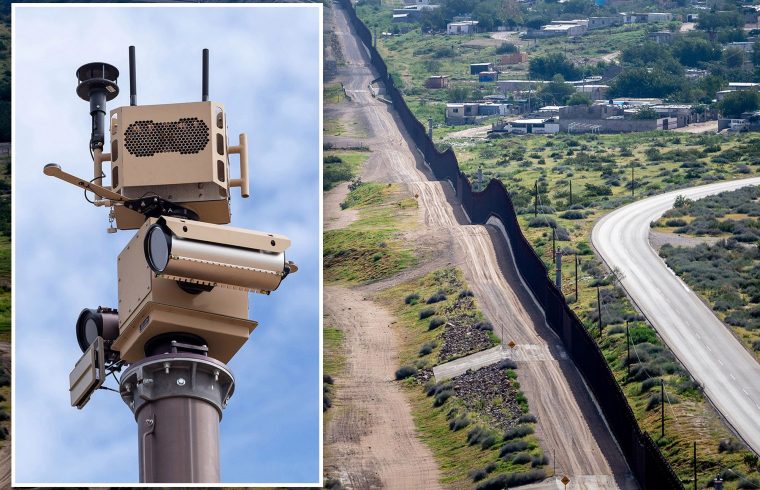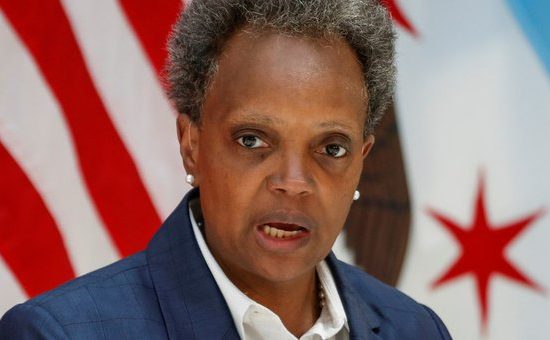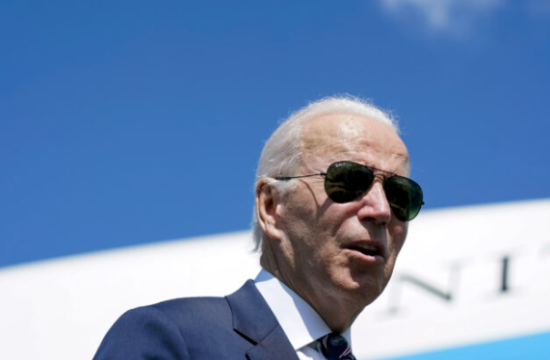The feds have turned to cutting-edge cameras developed by a virtual-reality wunderkind to help them monitor the southern border — by creating an invisible border wall.
The high-tech watch poles known as Autonomous Surveillance Towers are powered by solar energy and use artificial intelligence to detect movement along a two-mile radius, sending the information in real-time to agents patrolling the area.
They are now being installed at various points along the almost 2,000-mile border between the US and Mexico.
“The ASTs are in remote locations that are difficult to reach,” Border Patrol agent Joel Freeland recently told The Post. “They operate 24-hours a day and are environmentally friendly because they rely entirely on solar power.”
Palmer Luckey (28-year-old founder of Oculus VR, Oculus Rift) developed the ASTs.
The towers, which were first tested in 2018 in the San Diego Sector of the border, have recently been implemented in the El Paso Sector, one of the busiest crossing points for migrants along the border.
Agents in El Paso Sector have detained 155892 people so far in fiscal year 2021. This is almost three times the 54,396 total in FY2020.
“Most of our [recent] apprehensions have come from this tower,” said Freeland, pointing at El Paso Sector’s newest AST, which sits on a high remote patch of scrub where the borders of Texas, New Mexico and the Mexican state of Chihuahua meet. The camera has been in operation for only the last two weeks.
Officials could not give an exact figure on the number of apprehensions that have occurred because of the towers.
“The AST scans the environment with radar to detect movement, orients a camera to the location of the movement detected by the radar, and analyzes the imagery using algorithms to autonomously identify items of interest, such as people or vehicles,” according to a statement from US Customs and Border Patrol, which plans to deploy 140 of the cameras to create a virtual wall along the border.
Luckey is a supporter for former President Donald Trump and markets the towers through Anduril Industries. This defense technology startup was founded by him in 2017.
Anduril did no respond to messages that sought comment.
Border Patrol agents on the ground said they are grateful to Luckey for the technology, which supplements the work of thousands of agents deployed along the border in green and white Border Patrol pick-ups and SUVs. They watch for migrants and smugglers who typically cross under the cover of darkness.
“Before the ASTs, agents would only be able to monitor about a quarter of the area from their trucks,” said Freeland. “Now, we can see everything.”
When he was in his teens, Luckey designed Oculus VR in his garage in California. In March 2014, Facebook bought the company Luckey co-founded to create Oculus for $2 billion.
Luckey continued to work for Facebook. But three years later, he left amid backlash after it was reported that he had donated $10,000 to a pro-Trump group that created anti-Hillary Clinton memes. Later, he stated in a Facebook post that the donation was because he believed they had “fresh ideas”.












